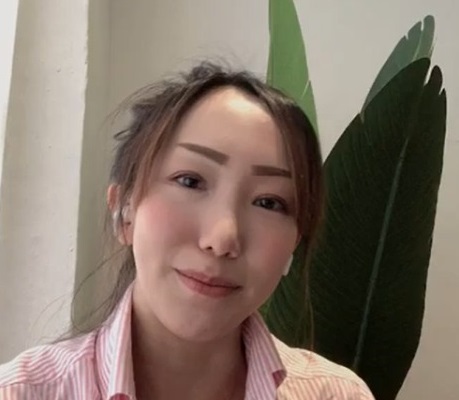
Singapore’s Chewing Gum Ban
Tristen (
Singapore
 )
)


Chewing gum sales ban in Singapore – Tristen’s goosebump moment
“Hi, I am Tristen and I come from Singapore. Before the pandemic, I used to travel quite a bit. Now that I am mostly in my city, my goosebump moment would be feeling pride when I tell my foreign friends that we do not allow chewing gum in our country. As Singapore is a small city, apart from being cosmopolitan and modern, the areas must be kept generally clean. So, I am really grateful that we do not allow gum in our country. This ban was implemented sometime in 1992, mainly due to the newly launched subway system. So, if anyone was caught flouting the rules, they will be heavily fined. But apart from this unique fact, you should really come to visit Singapore. It is a super easy city to travel to with a lot of delicious food!”
Can tourists eat chewing gum in Singapore?
From the point of view of the law, chewing gum in Singapore is on the same level as marijuana or cocaine in other countries. They can be consumed, but not sold. What is the reason?
An activity as basic as chewing gum seems innocent and pleasant. It is an alternative to tobacco, it relaxes many people, and they are not addictive or bad for your health. So why has chewing gum been banned in Singapore since 1992?
In this Asian country it is very rare to see the native population chewing gum. It is considered frowned upon. Consumption is not prohibited, but selling it is, with fines of up to 2,000 euros. So is importing it, which can even lead to imprisonment.
Tourists can bring their own chewing gum, but only a few packs for personal consumption. If they are caught selling them to Singaporeans, they will have to pay the fine.
The reason why chewing gum is banned in Singapore
Former Prime Minister Lee Kuan Yew recounts in his memoirs that in 1983 the Minister for National Development proposed to him to ban chewing gum because of the problems it caused to public furniture.
Vandals were putting them in mailboxes, sticking them in locks, on elevator buttons, on public transport seats, on the sidewalk, etc., causing numerous expenses for the state to remove them. Lee Kuan Yew did not accept the ban, considering it “too drastic”.
In 1987, Singapore launched an expensive subway line costing US$5 billion to quickly connect the entire city-state. Legend has it that when the then Prime Minister came to inaugurate the first train, it did not start because someone had stuck the ignition button with chewing gum.
It is not clear if this is true, but what is true is that the new transport system suffered delays and other problems due to chewing gum stuck on the automatic sensors that opened the doors of the carriages, preventing them from working. So, in 1992, Prime Minister Goh Chok Tong enacted a law to ban the sale of chewing gum.
At first the population took it badly, but the bans in Singapore are so numerous, that they considered it as one more. In Singapore, for example, the law makes it compulsory to flush the toilet in public toilets. In 1994, the American teenager Michael Fay, sentenced to be flogged for painting graffiti on a wall, made headlines.
Chewing gum aficionados became accustomed to traveling to the neighboring city of Johor Bahru in Malaysia to buy chewing gum for personal consumption.
In 2004, after tough negotiations with the United States, the Singapore government allowed the sale of medicinal chewing gum for smoking cessation or to treat anxiety and other illnesses, as well as sugar-free chewing gum.
But it is only for sale in pharmacies with a doctor’s prescription, and with the obligation for doctors to write down the names of patients who use chewing gum.
Over the years, Singaporeans have become accustomed to living without chewing gum. Some are even grateful for it, because there are no more jammed locks, sticky chewing gum on the sidewalk or seats, or in their mailboxes.
More about chewing gum sales ban in Singapore:
- Why Singapore banned chewing gum
Chewing gum is banned – Singapore History - The real reason chewing gum is banned in Singapore

Rate This Goosebump Moment